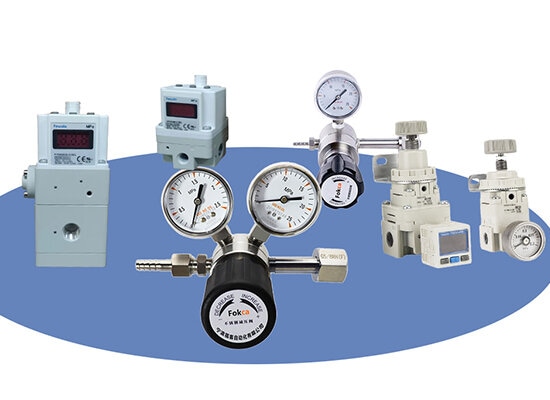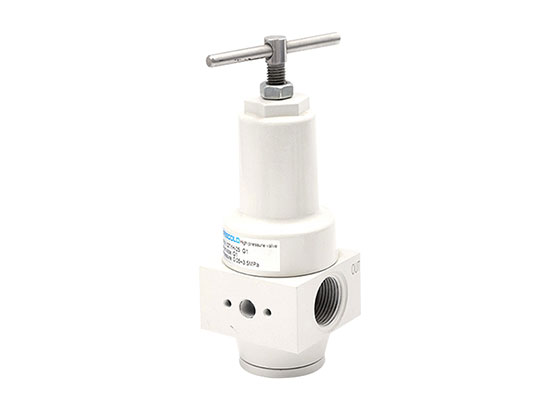
A Pressure Regulating Valve is a device used to control and maintain a set pressure in a system by automatically adjusting the flow of air or fluid. It ensures that the pressure within a system stays within a desired range, preventing over-pressurization or pressure drops.
A Pressure Regulating Valve works by sensing the pressure within the system and adjusting its opening to either allow or restrict flow, depending on whether the pressure is too high or too low.
The valve contains a spring mechanism that reacts to changes in pressure and maintains the output pressure at a preset level.
When the system pressure rises above the set value, the valve reduces the flow; when the pressure drops, the valve opens to allow more flow.

The primary function of a Pressure Regulating Valve is to maintain a stable output pressure in systems that require precise control.
It is essential in systems like pneumatic circuits, water supply lines, and gas distribution systems, where consistent pressure is critical for efficient operation and safety.
This is the most common type, used in general applications where stable air pressure is needed. It provides a consistent and adjustable air flow to ensure optimal system performance.
Designed for high-demand systems, this type allows larger volumes of air to pass through while maintaining the desired pressure level.
Used in applications requiring very fine control, this valve offers high accuracy in maintaining the desired air pressure.
Install the valve in a location where it can easily be adjusted and monitored.
Ensure the flow direction matches the valve’s markings for proper installation.
Attach the inlet and outlet ports to the respective pipes or hoses.
Adjust the valve to the desired pressure level using the control knob or screw.
After installation, test the system to ensure the pressure regulator is functioning properly and maintaining the desired pressure.
For more details about Pressure Regulator Valve you can contact us!
FOKCA ©1998-2025 All Rights Reserved Sitemap